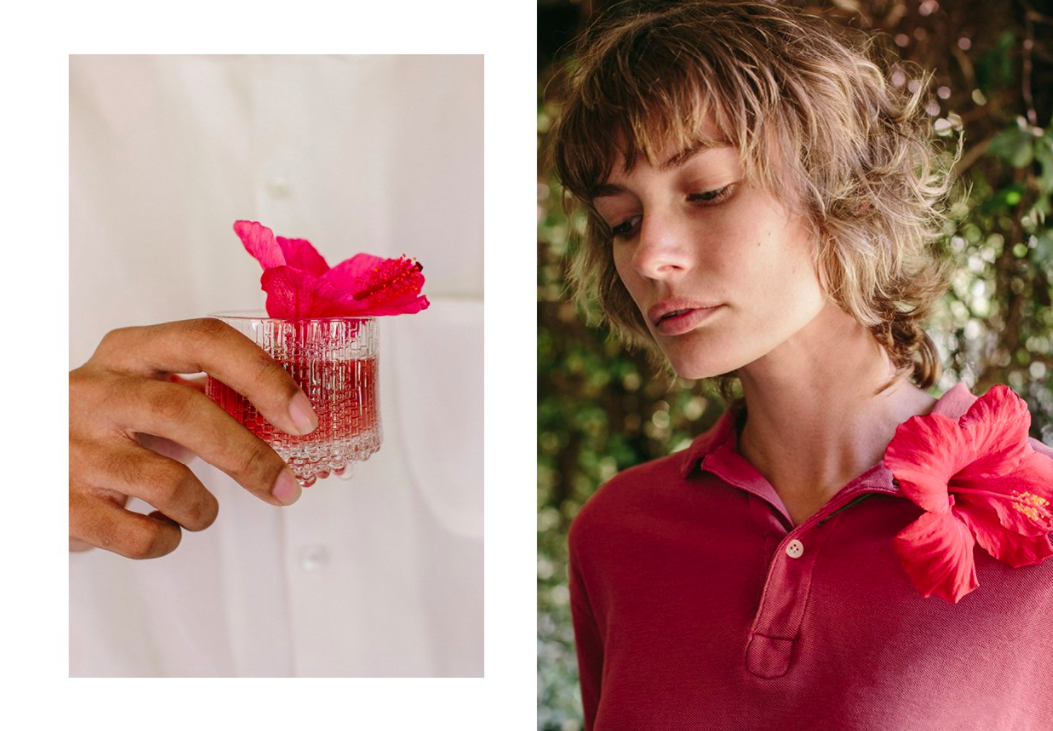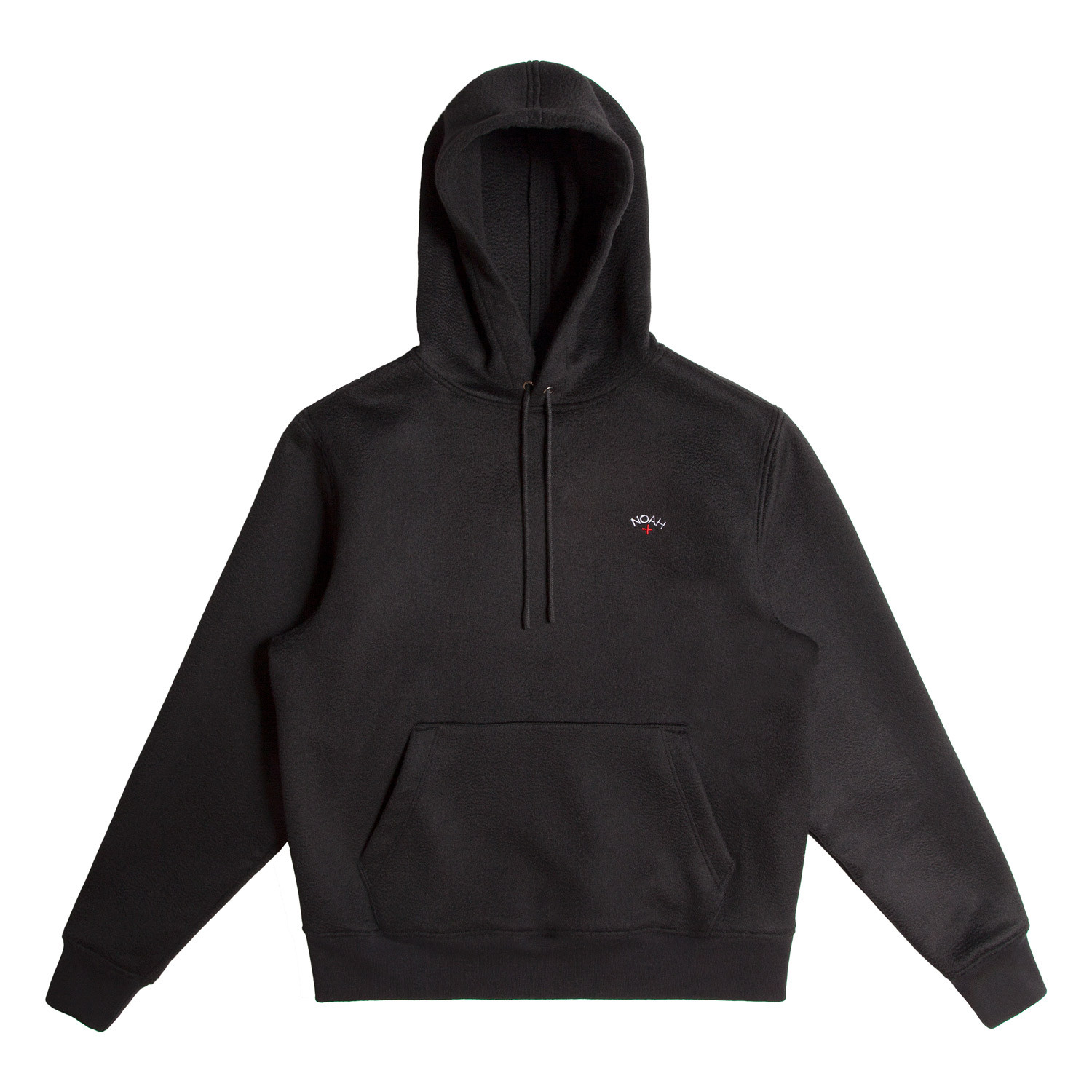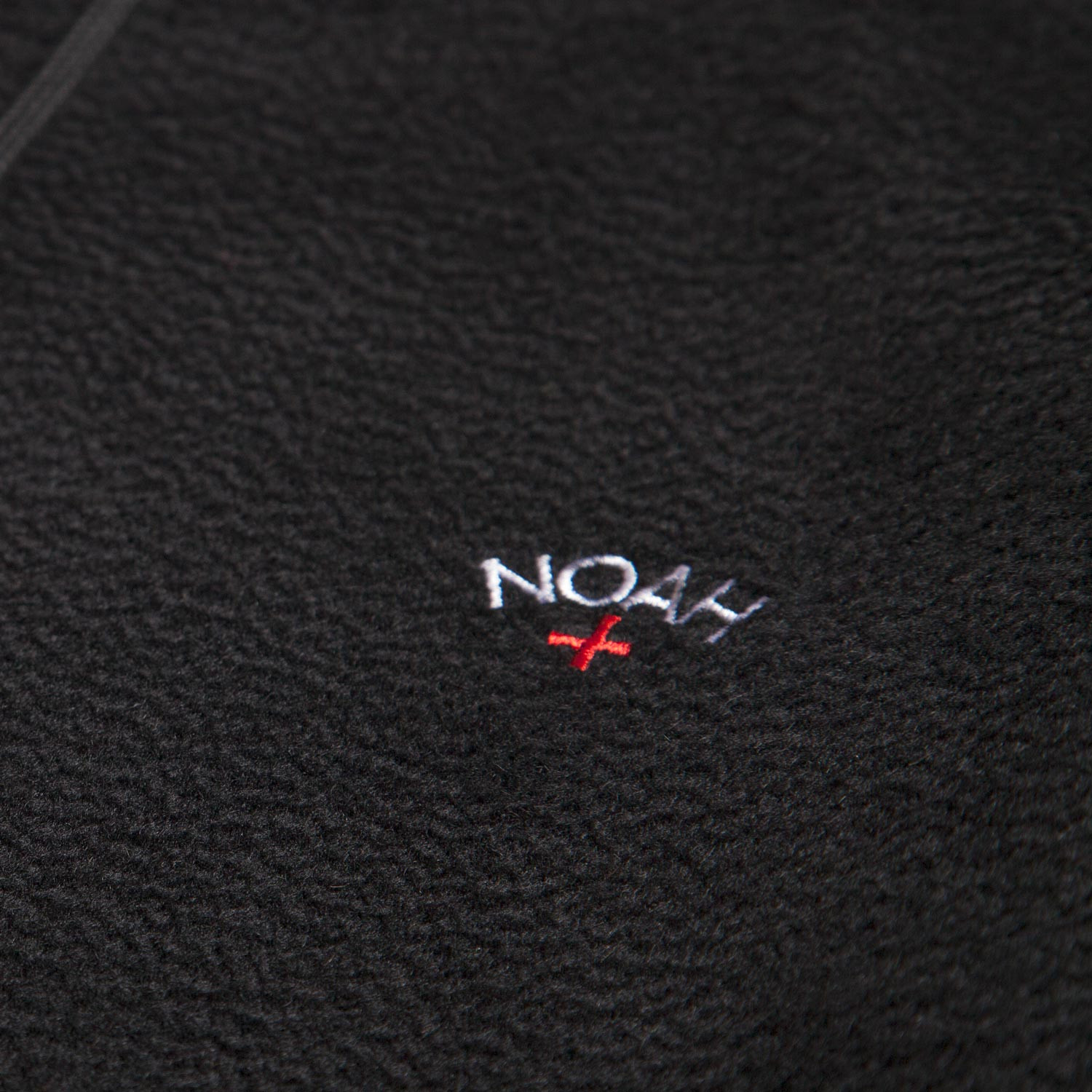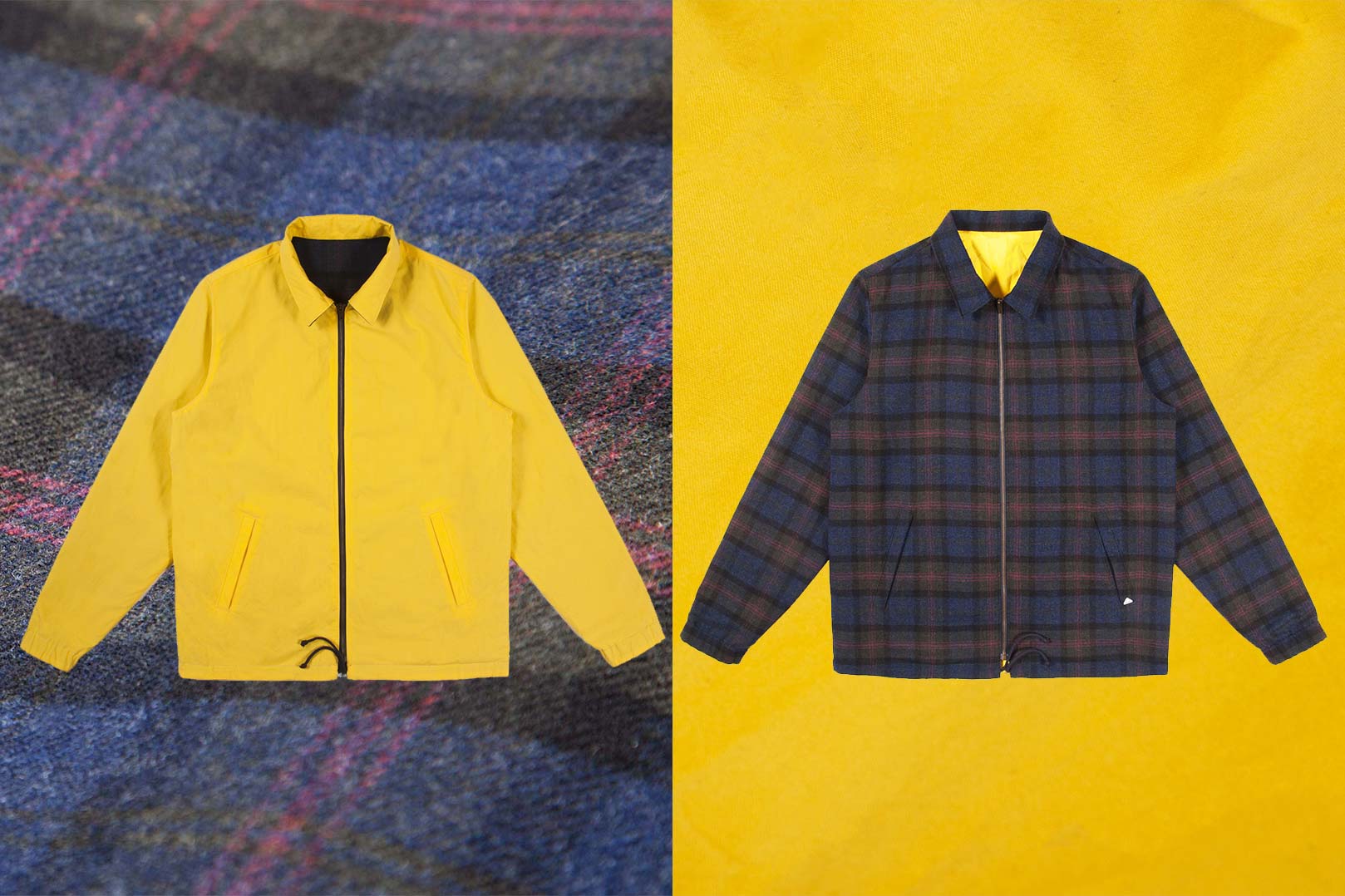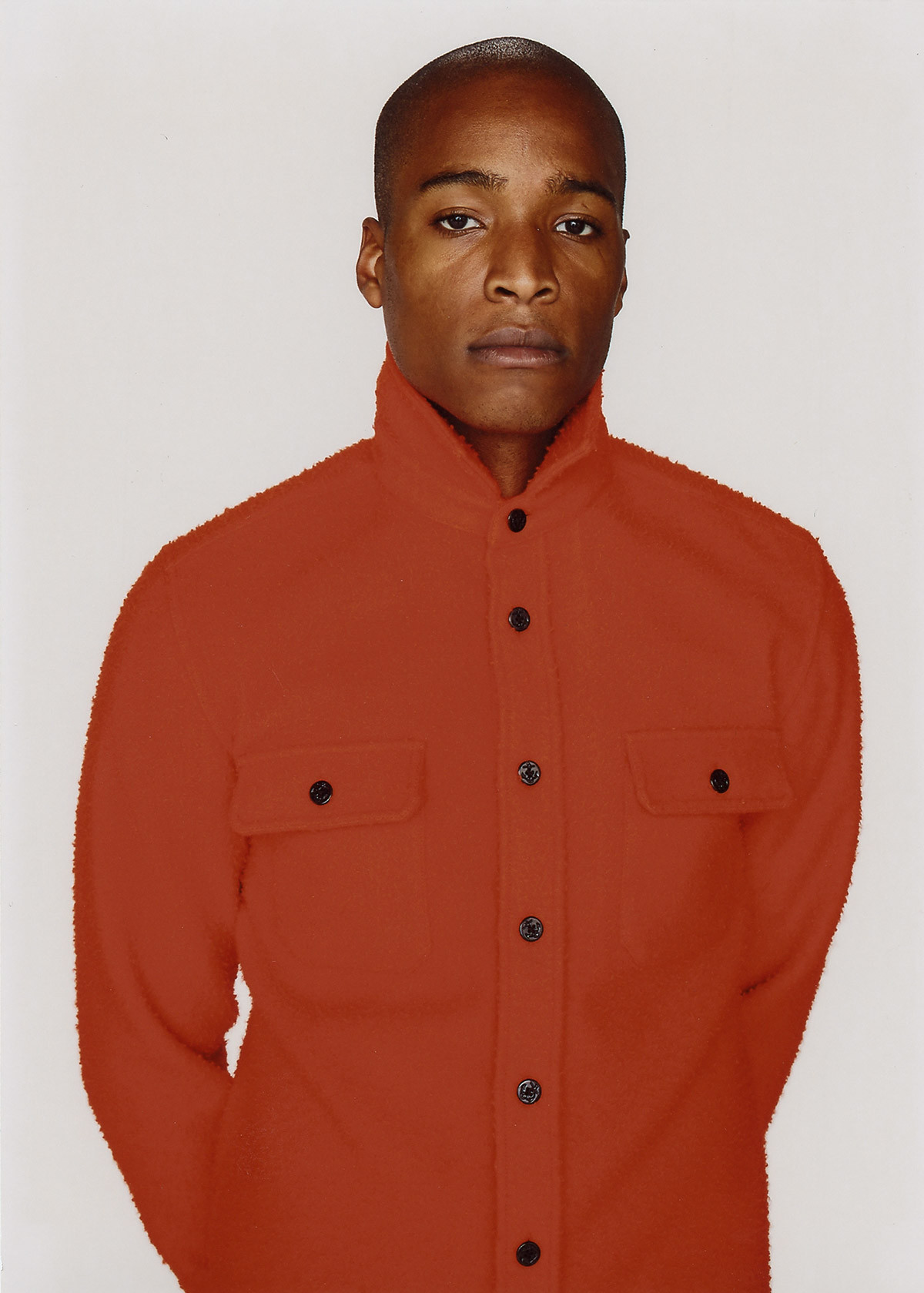A breakdown of our favorite Winter 21 trends
Read MoreIs Carbon-Capturing Clothing the Possible Future for Fashion?
Carbon-capturing technology, or Carbon Capture, Utilisation and Storage (CCUS), has been around since the 1970s. Known for its industrial prowess in collecting carbon for underground storage and prolonged usage in oil extraction, it was only around a decade later that scientists found its climate mitigation potential. However, back in the 70s and 80s, climate change was not as widespread of a concern as the Cold War and nuclear warfare, and CCUSs were not cheap. Thus, a possible industrial marvel that could have evolved and kickstarted the mitigation of Carbon Dioxide emission and its effects on the climate and could have created a precedent for more environmentally friendly industrial practices never took off. Right now, there are only 21 large-scale CCUS projects for the reduction of factory emissions globally, a valiant yet powerless number that hasn’t been able to do much to stop the accumulation of CO2 in the atmosphere from reaching 416 parts per million, almost double of the pre-Industrial Revolution emissions.
Still, environmental science is an area of constant exposure to innovation in today’s world. Over the past ten years, technology has been able to make carbon capture processes cost up to 70% less than before with new solvents and chemical “sponges” to capture CO2 and catalysts to speed up the CCUS processes. Upcoming inventions like MIT’s electronic battery-like electrode filter may help the developing market even more. Yet, industrial applications for CCUSs are not the only approaches people have taken to apply such environmentally friendly procedures. Fashion is always the wild card when talking about humanity’s future, be it about wearable tech, the evolution of fads due to popular culture, and its impact on the environment. The latter point is important to consider since, in 2018, the fashion industry was responsible for 10% of global carbon emissions and nearly 20% of wastewater, especially when talking about jeans production. Moreover, fast fashion (a real wolf in sheep’s clothing) is super toxic, highly pollutant, and very wasteful. So, it is refreshing to see that fashion has been part of the carbon-capturing train in its own small-scale way.
Image Via
Image Via
Algae has been experimented with as a carbon-capturing fabric before. Examples include New York designer Charlotte McCurdy’s see-through jacket made of algae powder that is heated and later cooled into a transparent garment, and Canadian-Iranian designer Roya Aghighi’s proof of concept textile called Biogarmetry, made of Chlamydomonas reinhardtii algae that are spun together with nano polymers to form the fabric. The Post Carbon Lab is a biotech design start-up that has also worked for a long time transplanting photosynthesis into cloth, creating layers of living algae inside their experimental clothes (more on them below). So, the newest stride in carbon-capturing fashion may argue that the future is algae.
During the 2021 Paris Fashion Week, DS Automobile, a premium automotive brand owned by Peugeot and Citroën’s conglomerate PSA Groups, unveiled a new capsule collection in collaboration with Post Carbon Lab (told you) and EGONLab, a French designer brand. The selection consists of one unisex bomber jacket and one unisex trench coat with adornments coated in algae, and two unisex t-shirts completely layered with the photosynthetic organism. The attires also feature slogans expressing messages like “Lead The Charge,” “Power Sustainability Dreams,” and “Green Bomber.” EgonLab lead designers Florentin Glemarec and Kévin Nompeix mentioned in an interview that they took “inspiration from the city of Paris and the strong spirit of its residents” to imprint those phrases onto the garments, which they designed and weaved before the algae were coated onto them.
This partnership comes on the heels of DS Automobile announcing that they are currently selling E-Tense electric versions of their previous cars and intend to switch to exclusively manufacturing plug-in hybrid and electric vehicles by 2025. Yet, this is not the first time the marque has collaborated with EGONLab. The brand featured DS Automobile cars in their 2020 Spring/Summer clothing collection photoshoot. Still, working with Post Carbon Lab is a novel feat inspired by its new “Future Craft” method, which aims to use sustainable and innovative materials in crafting their vehicles.
The Post Carbon Lab was founded by Dian-Jen Lin, a London College of Fashion graduate from their fashion futures program, and Hannes Hulstaert, an Architecture graduate of the University of Antwerp. Their mission in creating the company was to promote something they call Regenerative Sustainability Activism, which they describe as “making sustainability as easy and accessible as daily conveniences like putting on clothes and commuting,” which includes designing garments with photosynthetic and pollution-filtering properties to reduce the environmental impact of the fashion industry. They haven’t released many prototypes of their work, so their collaboration with DS Automobiles and EGONLab is one of a kind and something that may (and at least should) signal the future of “living” photosynthetic clothing.
So, how does the collection work? In the founders’ words, the garments feature a “living algae coating, consisting of layers of photosynthetic micro-organisms that can turn carbon dioxide into oxygen [and glucose].” To keep the algae alive and carbon-capturing, though, the outfits need to be looked after as if they were almost like plants. Caring procedures include daily watering, ph neutral detergent washing when needed, direct heat prevention, and storage in well-lit, ventilated spaces. Lin and Husltaert explain that the garments’ lifespan can vary a lot, but their research points to them lasting for a couple of years if properly groomed.
Image Via
Since this capsule collection is a very novel step the Post Carbon Lab is taking in materializing their research, it is partially a wearable technology pilot project made for them “to gather more qualitative and quantitative insights before making conclusions.” Therefore, the lab still lacks data about the science and logistics behind making “living” carbon-capturing fashion and translating the coating process and algae culture into a “mass-producible” or at least a consumer endeavor. Still, they have been able to record carbon-capturing measurements for their research during the ten-week dying and coating process, finding out that the garments were able to sequester together about 1452 grams of CO2, which is equivalent to a six-year-old oak absorbing and pooling carbon in a period of six months.
In the end, EGONLab’s founders sum up the sentiment behind the garment’s importance with these fitting words: “We love how each piece has turned out and how accessible they are for people looking to make a statement and reduce their carbon footprint.” Even though the capsule collection is only a designer concept, it shows that as time progresses, more and more companies may strive to reduce their carbon footprints through innovation and sustainability efforts in an attempt to build a less gloomy future, following the possible new, more environmentally conscious trends of society.
Cover Image Via
In Search of the Perfect Toothbrush
I’ve been searching for the right toothbrush since I started attempting zero waste living in August. The blogs I’d read recommended switching to bamboo toothbrushes, so I logged onto my Amazon Prime Student account and 1-Step ordered a package of highly recommended compostable, bamboo toothbrushes and threw in a matching bamboo bath scrub brush to match.
I was sorely disappointed when, after a week of use, toothpaste began to build up on the bristles and after another few weeks, the wood on both the toothbrush and body brush began to crack and the toothbrush began smelling…funky?? I thought that I would just have to deal with this as a part of the zero-waste process, but I was unhappy with it to say the least.
The toothbrush comes in four colors; black, pink, red, and blue. Image via
Then I came across a New York startup called Boie (pronounced boo-ee). They sell two things: toothbrushes and body scrubbers. Both are made from BPA and latex free recyclable thermoplastic elastomer and include silver in the bristles which gives the products antimicrobial properties through ~chemistry~. A body brush costs $8 and a single toothbrush is $10, with subscription plans for their replaceable heads at $20, $15, and $10, making them affordable, but definitely pricier than a $1 Colgate brush.
I decided on the most frequent replacement plan for my toothbrush (4 heads a year) and added on a bright yellow body scrubber as well. A week later I said goodbye to my crusty, cracked, bamboo toothbrush and hello to a sleek, minimal, eco-plastic one with four detachable heads. And lemme tell you, the search is over.
The brush is skinny, effective, and stays clean with little more than a short rinse. It takes some getting used to because the bristles feel a bit different from your average toothbrush, but after one or two brushes, you won’t notice a difference at all.
I’m still getting the hang of the body brush, though. Because it looks like this:
The body brush comes in five colors; yellow, pink, mint, red, and blue. Image via
It takes some experimenting to figure out how to hold. It also doesn’t retain suds as well as my bamboo scrubber did, but the upside is that it also doesn’t retain hair as well as my bamboo scrubber did. You win some, you lose some.
Besides being recyclable, Boie’s products are cruelty-free and made in America to reduce the emissions caused by international shipping. They also donate a portion of their profit to charity and strive to reduce emissions in every step of production process. The only thing I noticed was that they ship in cardboard and plastic rather than environmentally friendly packaging. I can only hope this is something they will change in the future.
Overall, I highly recommend Boie’s products. They’re environmentally friendly, durable, and functional. My search for the right toothbrush is over!
Feature gif via.
Brands to Know: Older Brother
The fashion industry is infamous for being one of the biggest contributors to pollution and global warming. From dangerous pesticides that allow cotton farmers to meet the demands of fast fashion to the dyes used to make that Forever 21 skirt the perfect shade of “millennial pink,” the current state of fashion is poisoning our environment. However, some fashion companies are striving towards more sustainable standards of production by straying away from the use of polyester and other oil-based fibers and buying organic cotton. Others are even going so far as to combat the effects of textile dyes on the environment by using natural, sustainable dyes.
image via
Older Brother, a company based in Portland, Oregon is not only committed to using only organic materials, but organic dyes as well. Their fall and winter line consisted of shirts, jackets, and pants dyed with coffee and tea. Older brother’s clothes are minimalist, loose, and come in a variety of beautiful neutrals. Whether you’re looking for a new sustainable, Fair Trade brand or just looking for your fashion caffeine fix, look no further than this amazing environmentally conscious company!
Feature image via
image via
Eco-Friendly Beauty Roundup
Don't limit your environmental awareness or appreciation for the planet to Earth Day, especially when your daily beauty regimen can have wide-sweeping consequences for the environment. Now more than ever, beauty and cosmetics companies are adopting eco-friendly practices and brand ethos that tout organic or naturally sourced ingredients, biodegradable packaging and cruelty-free processes. If you're looking for new items to add to your makeup collection, indulge in some of these guilt-free, award-winning products that will benefit you and the environment!
🌼 Eyes 🌼
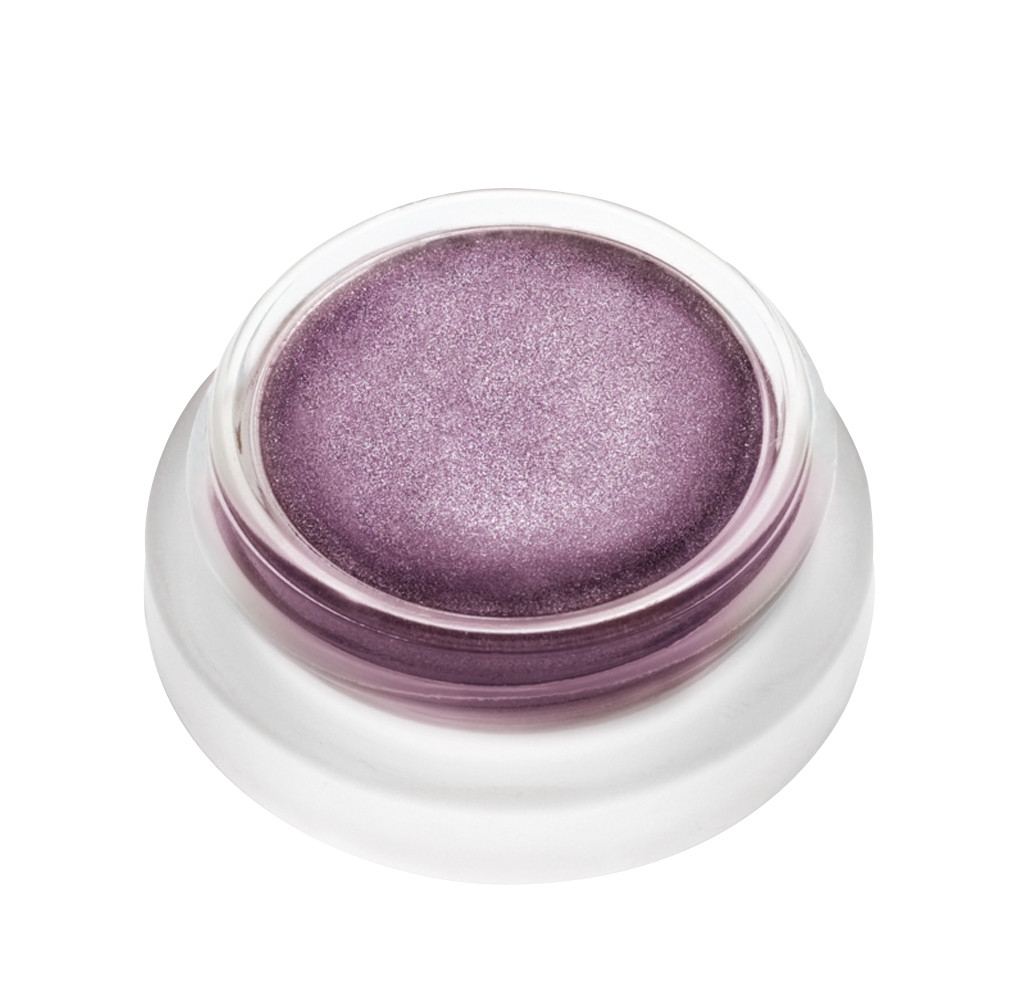


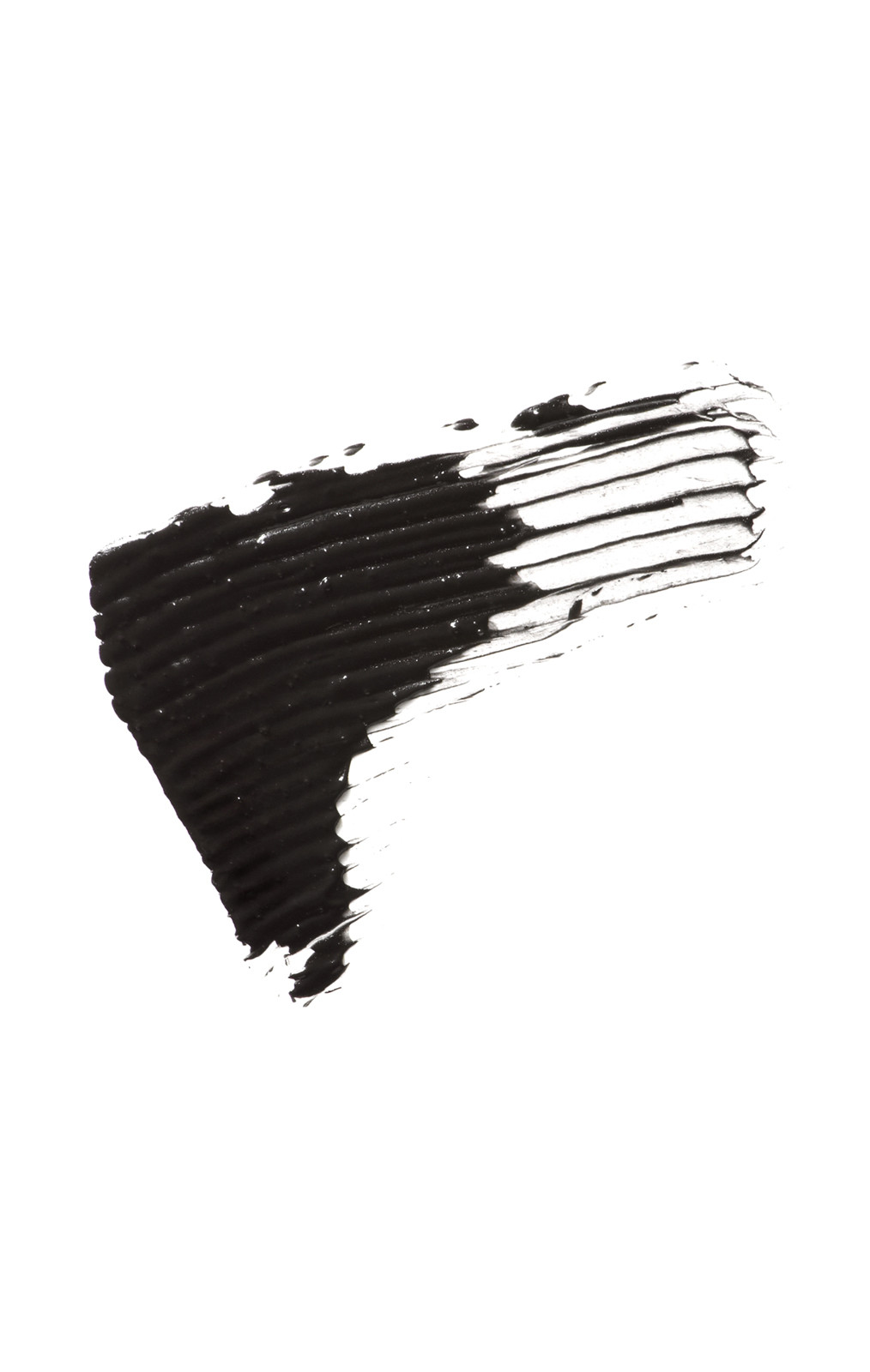
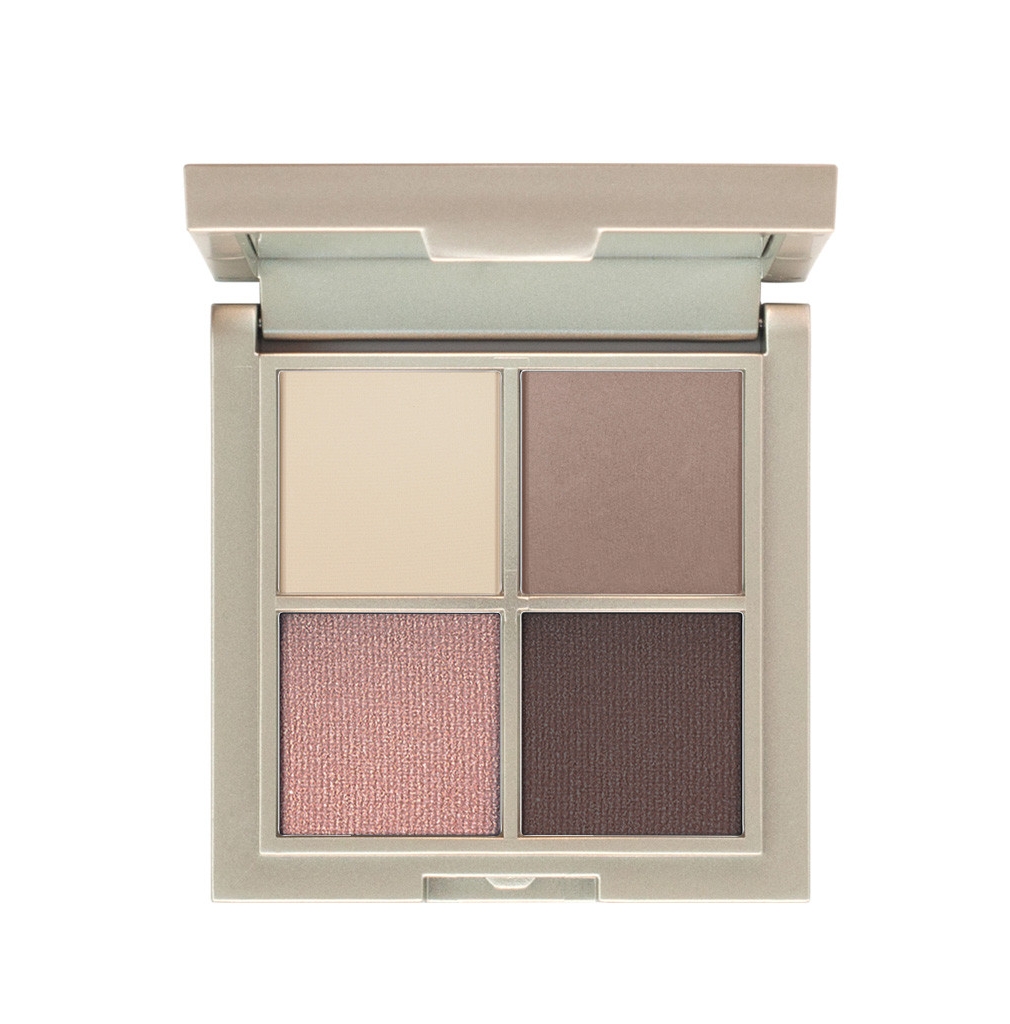
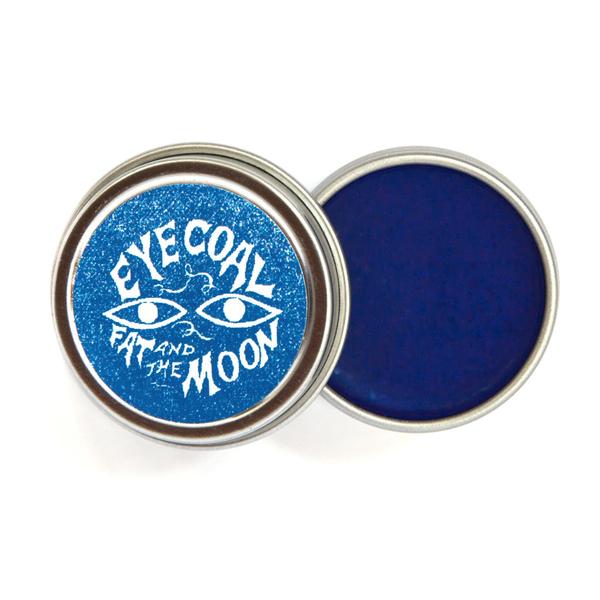

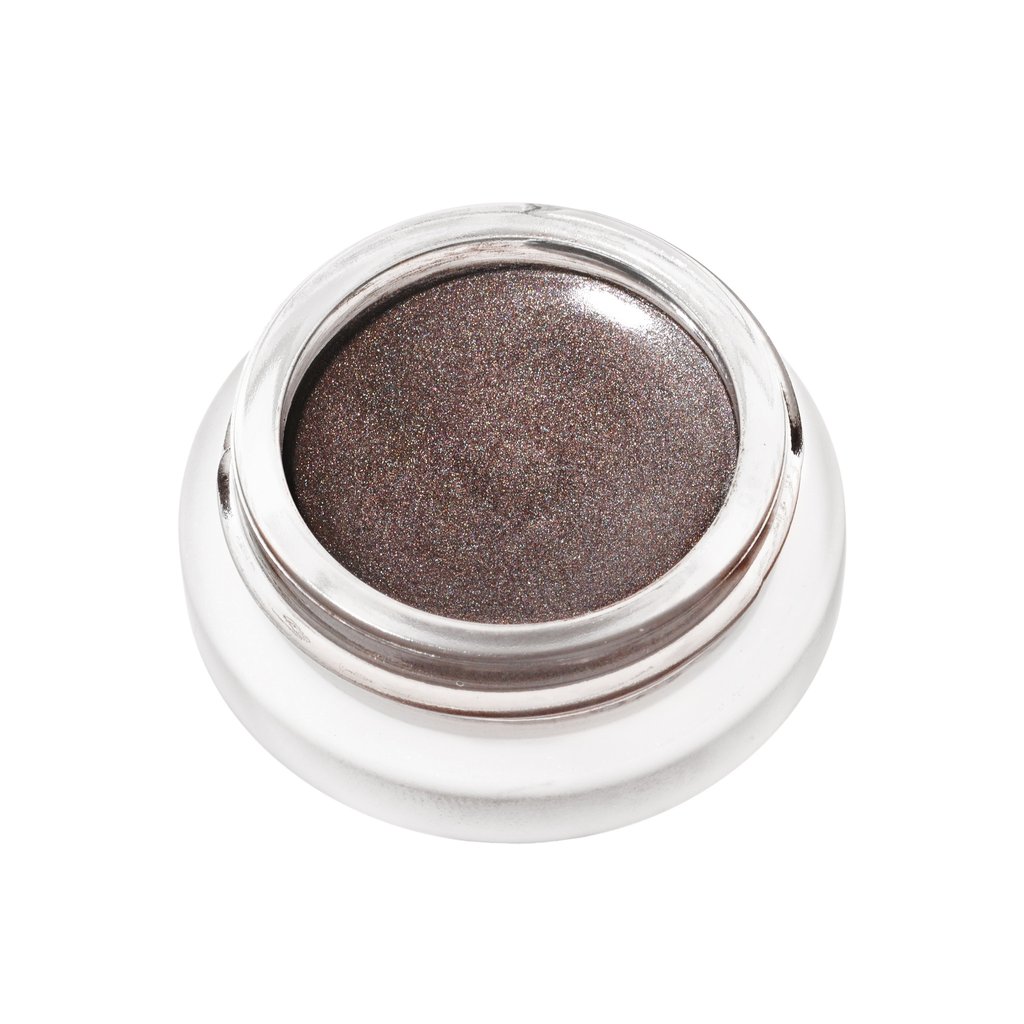
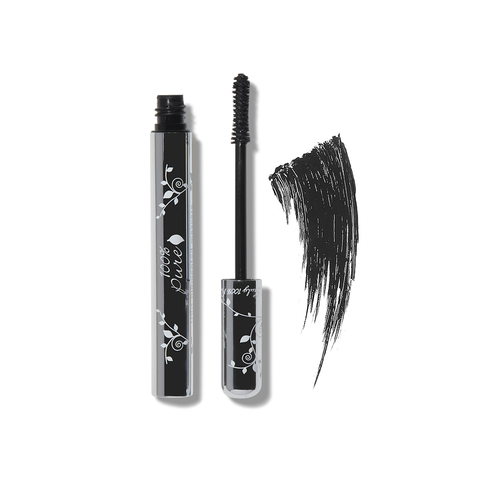
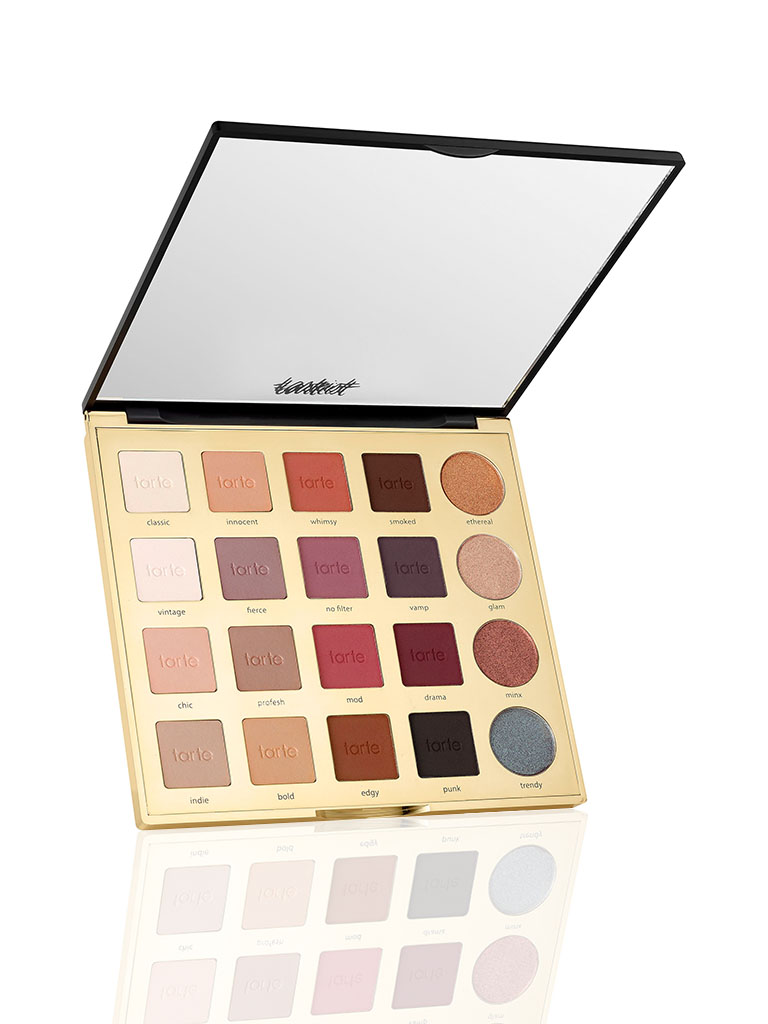
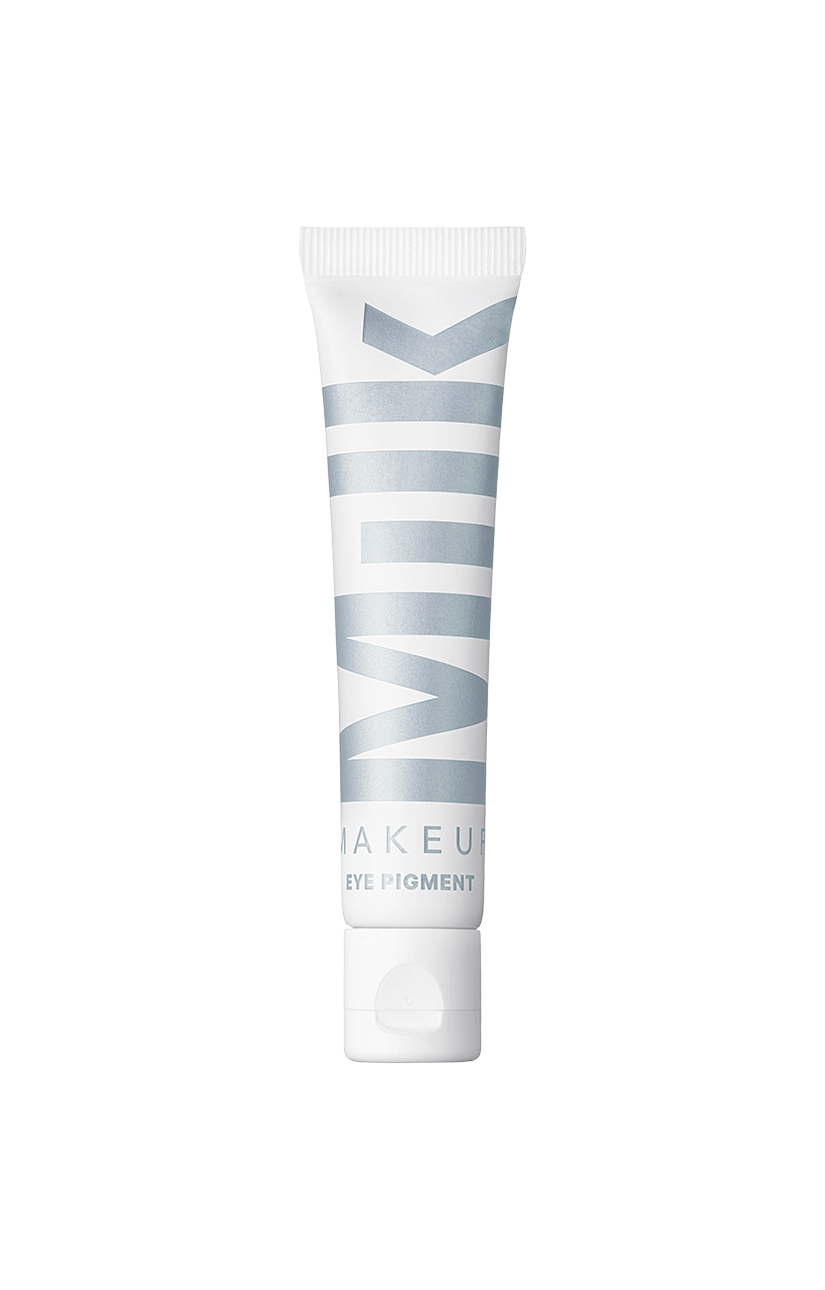

🌹 Cheeks + Lips 🌹
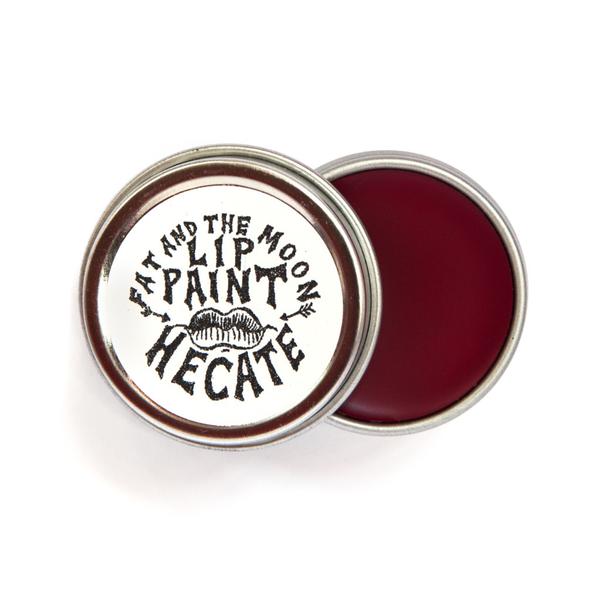
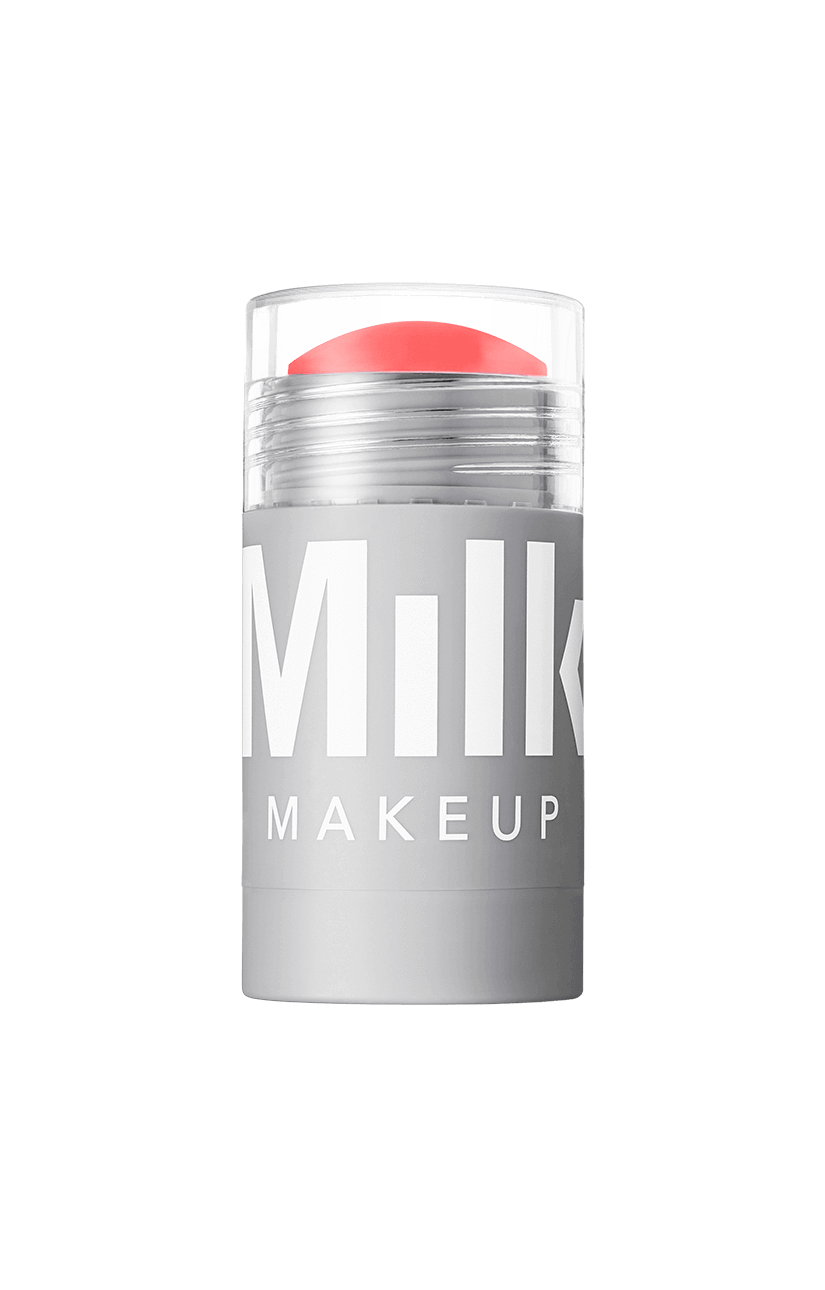

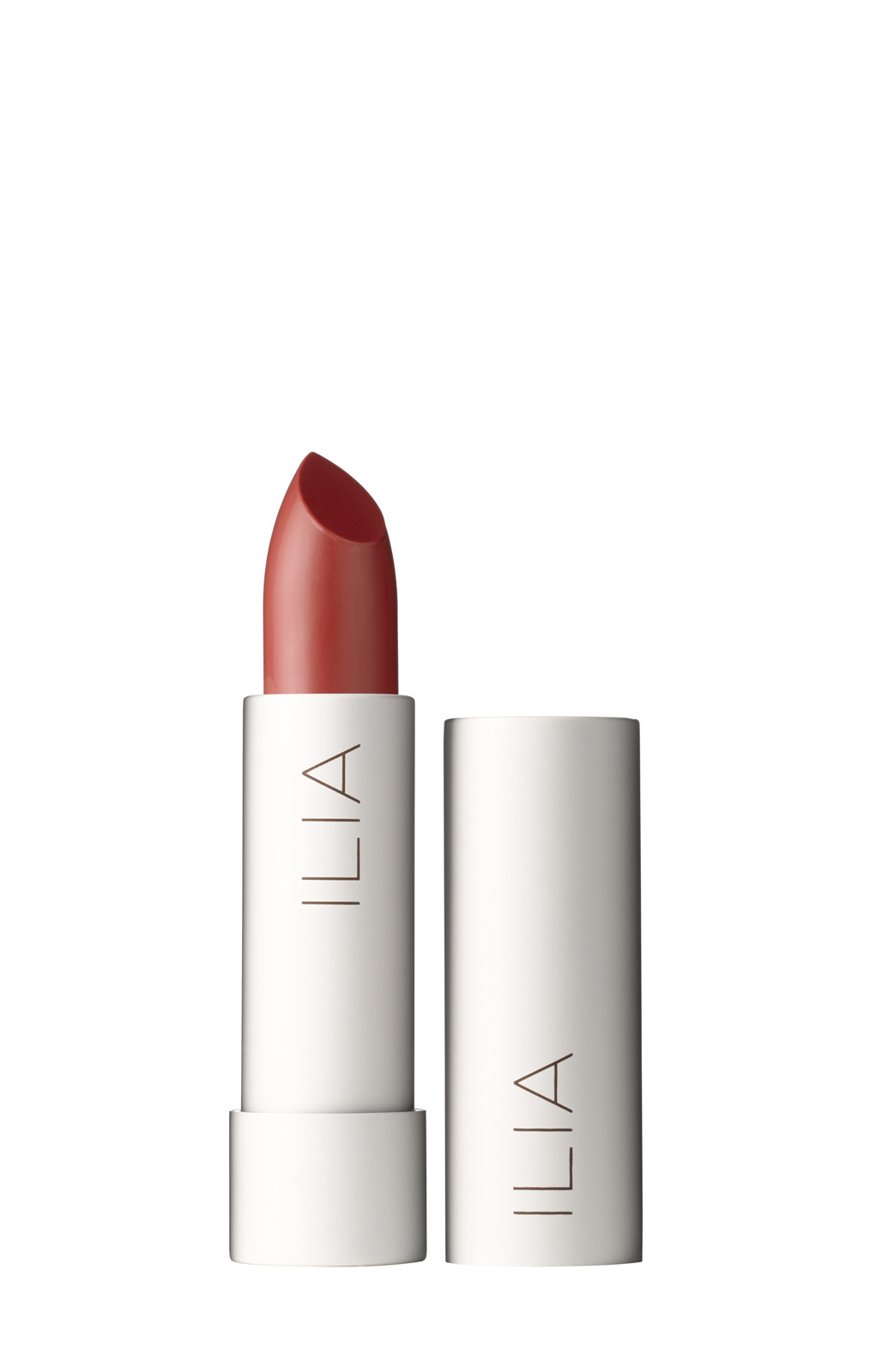
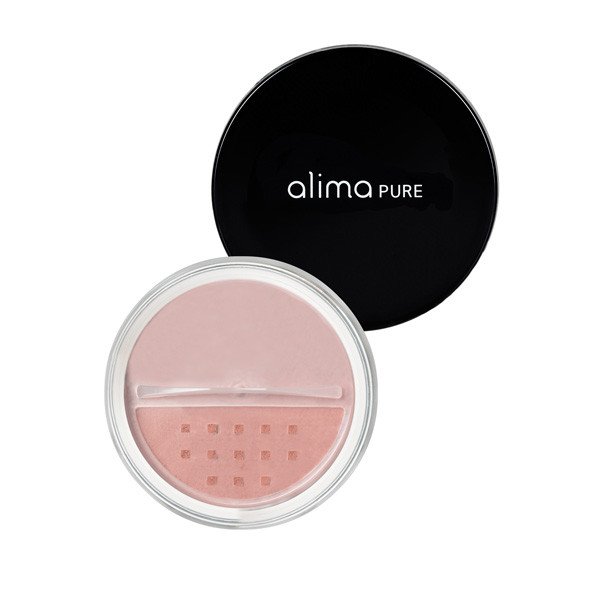
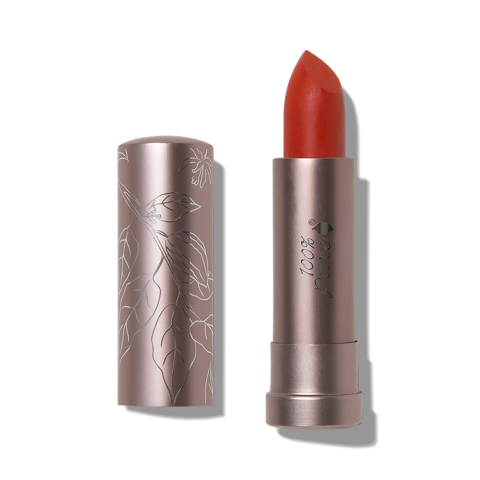
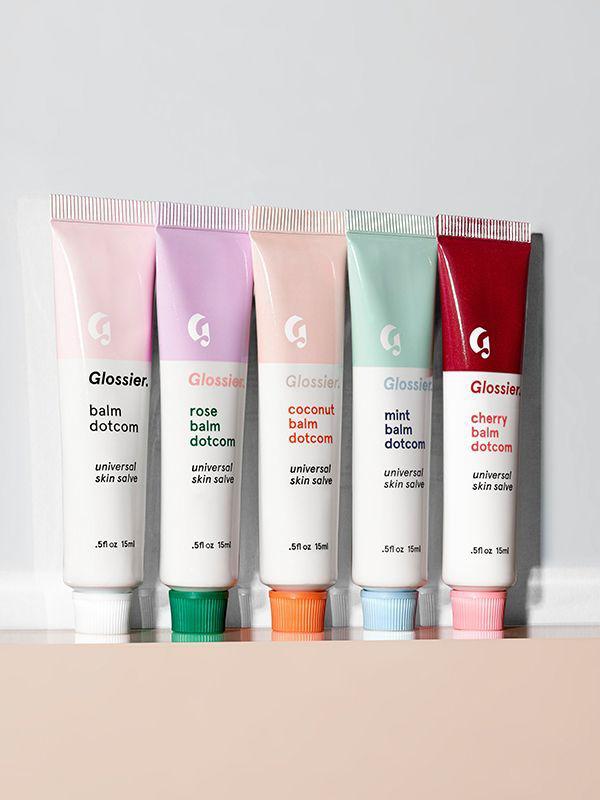

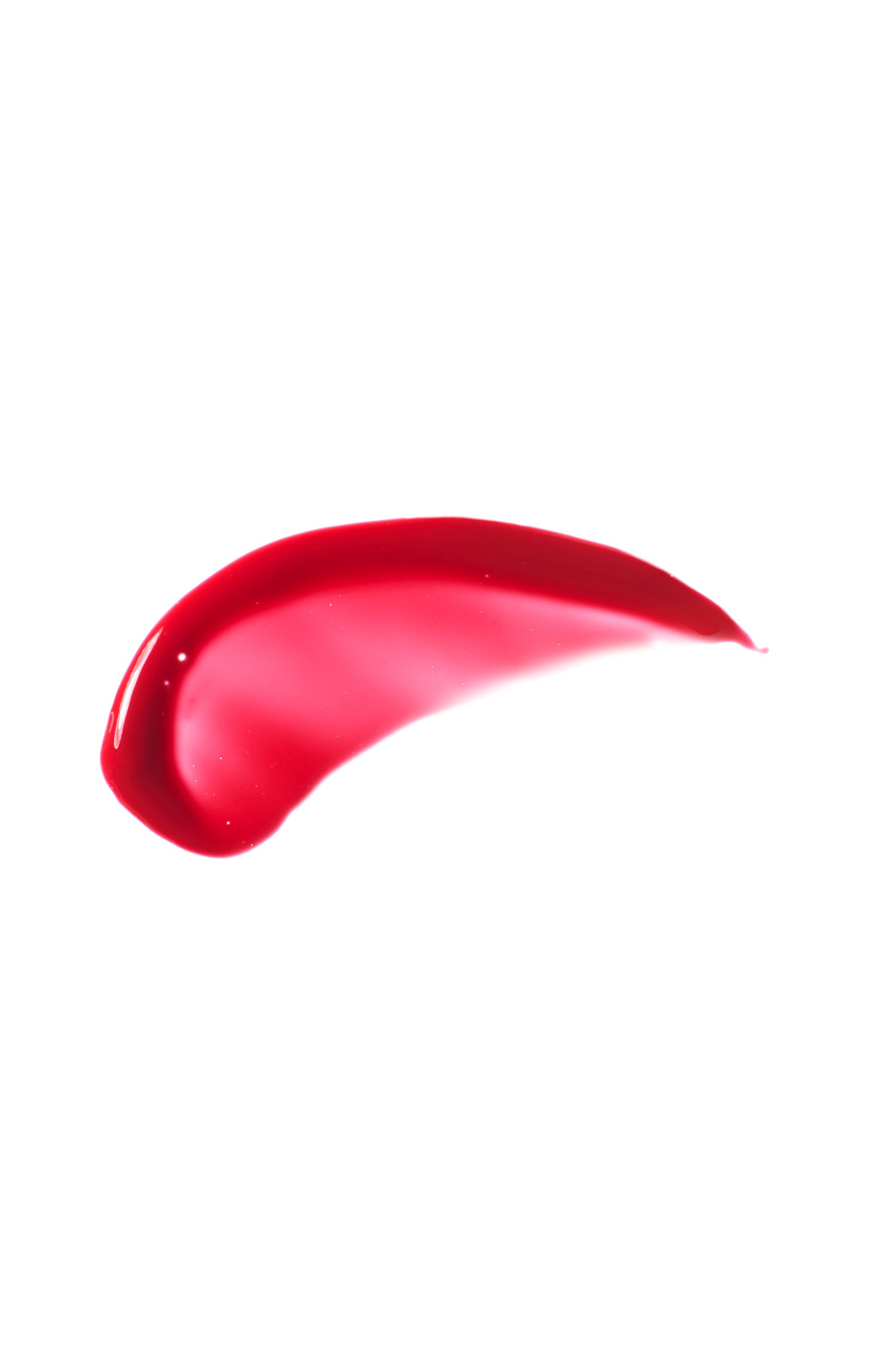
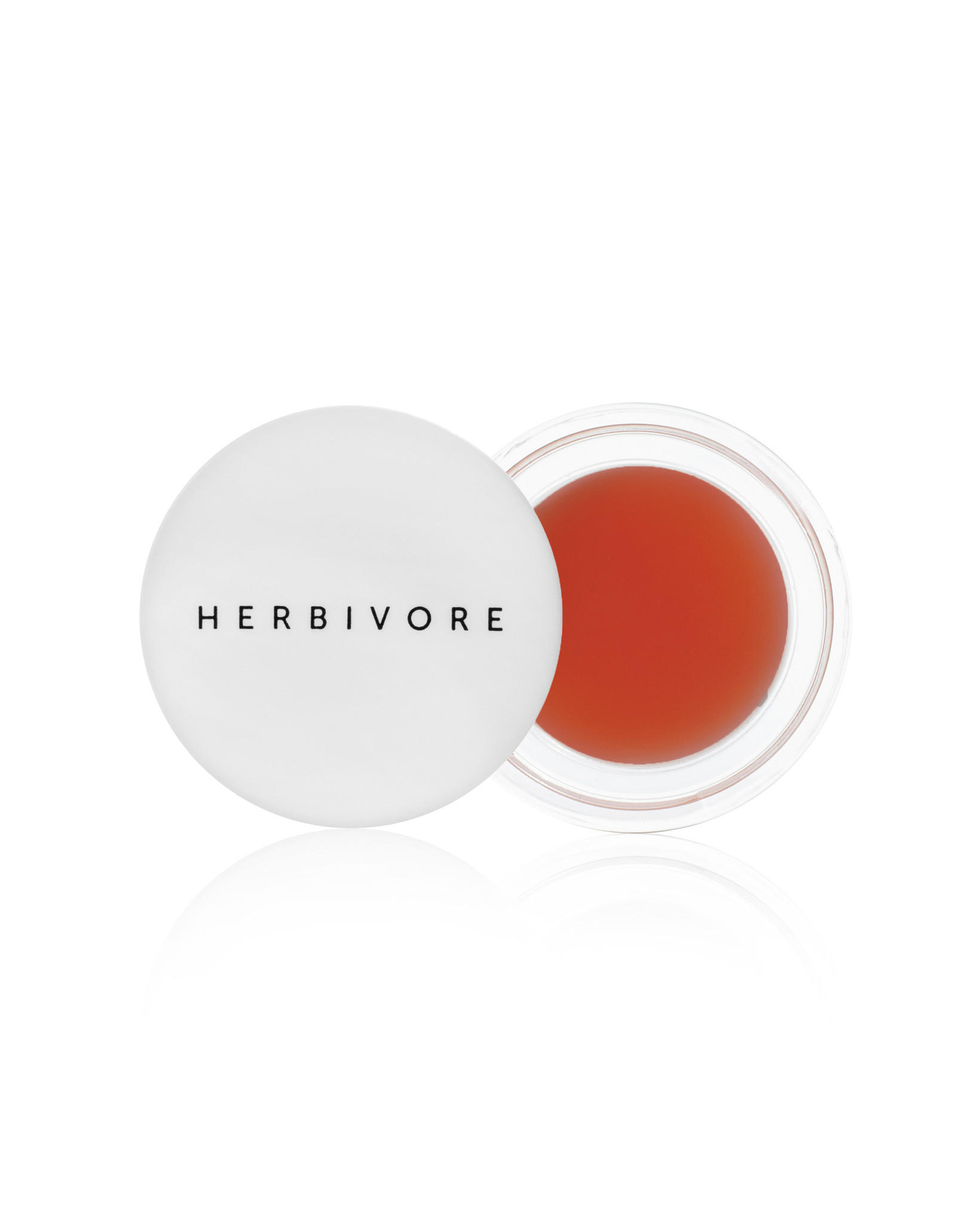


🌸 Face 🌸

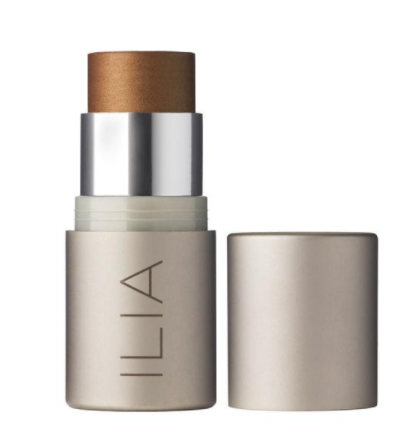
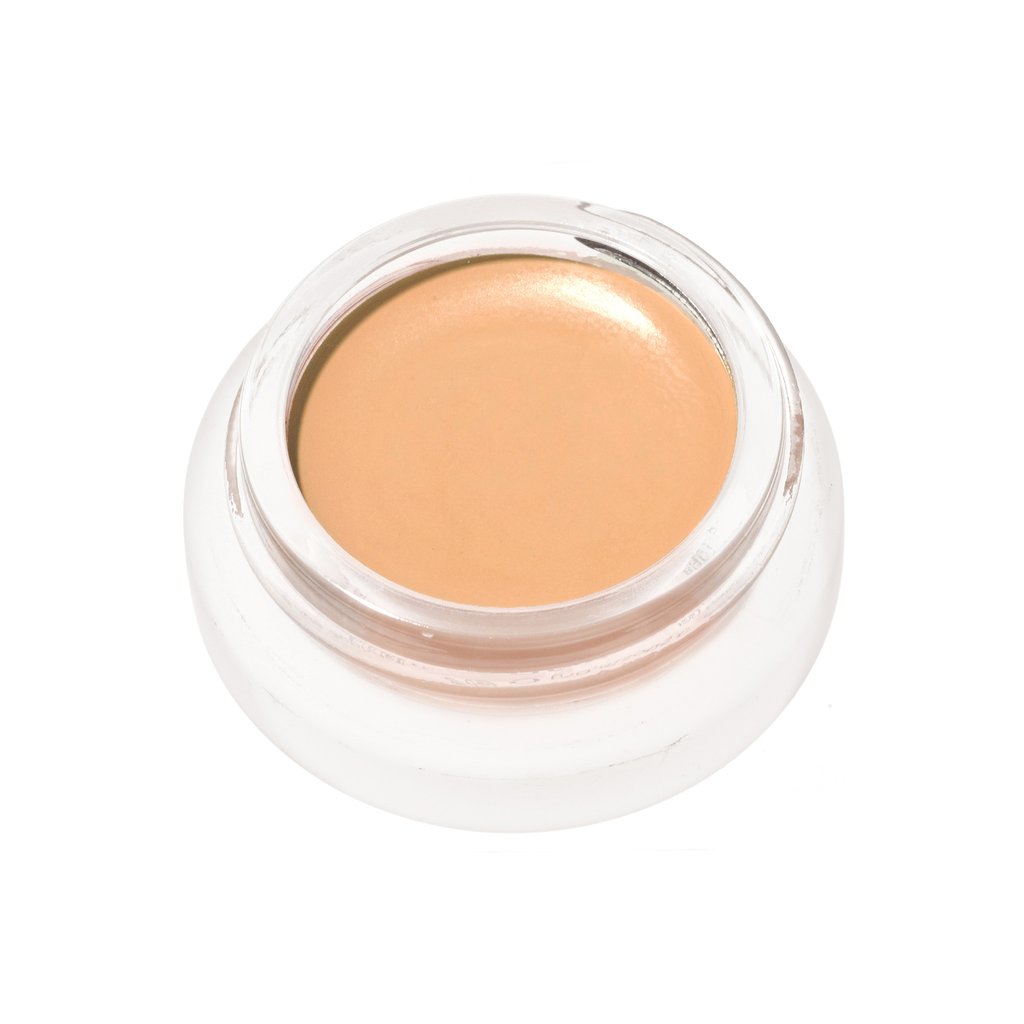
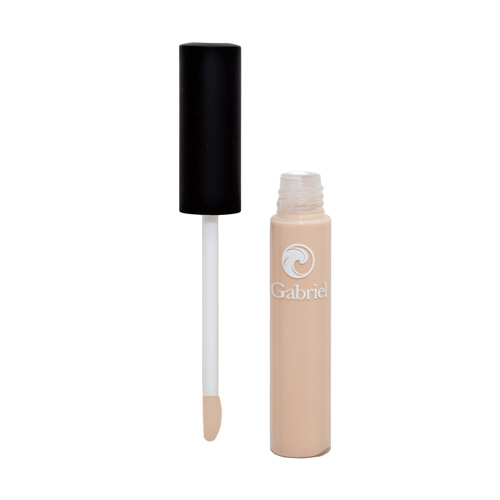
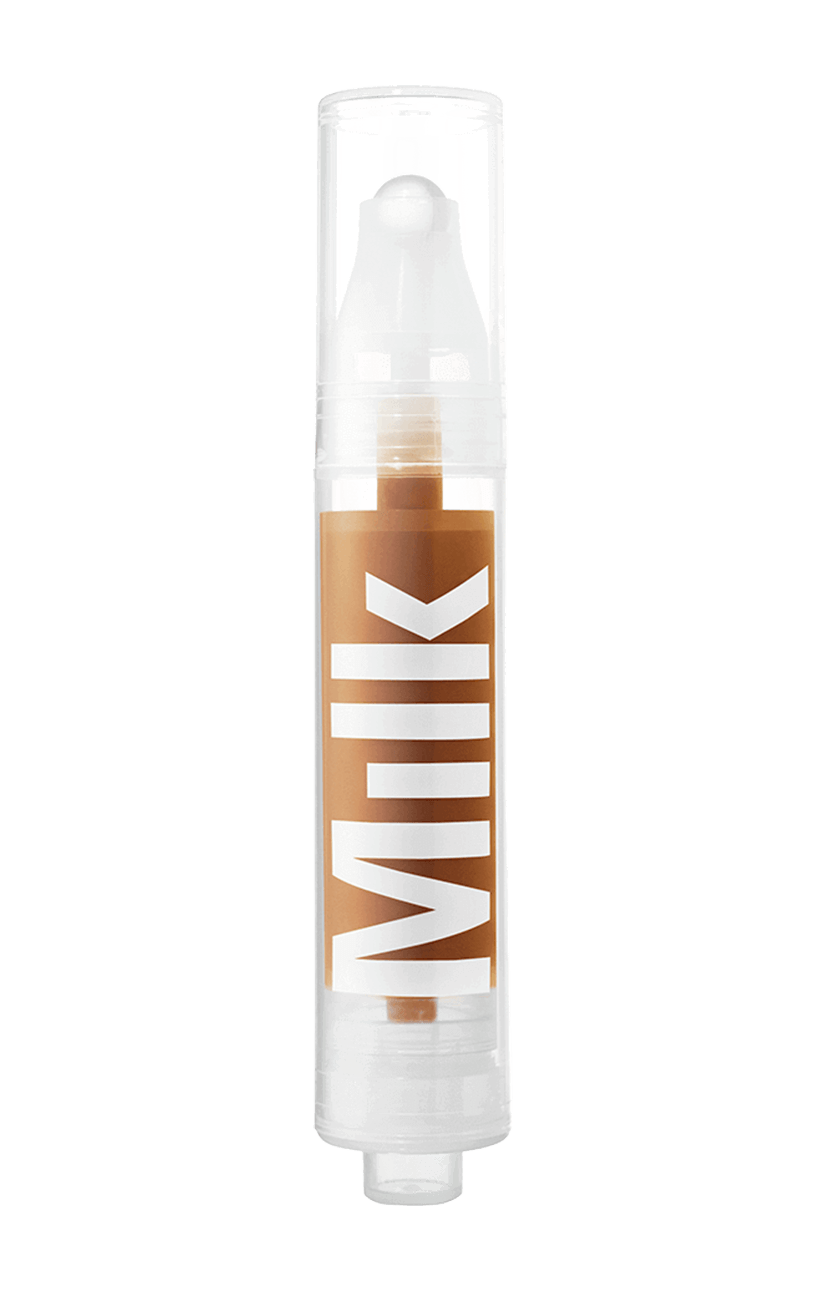
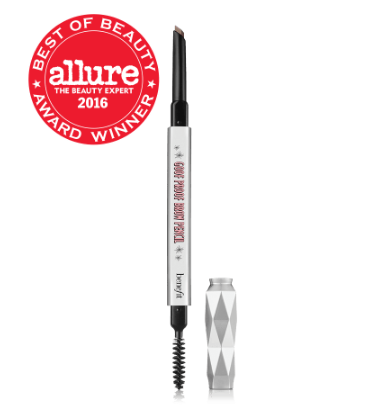
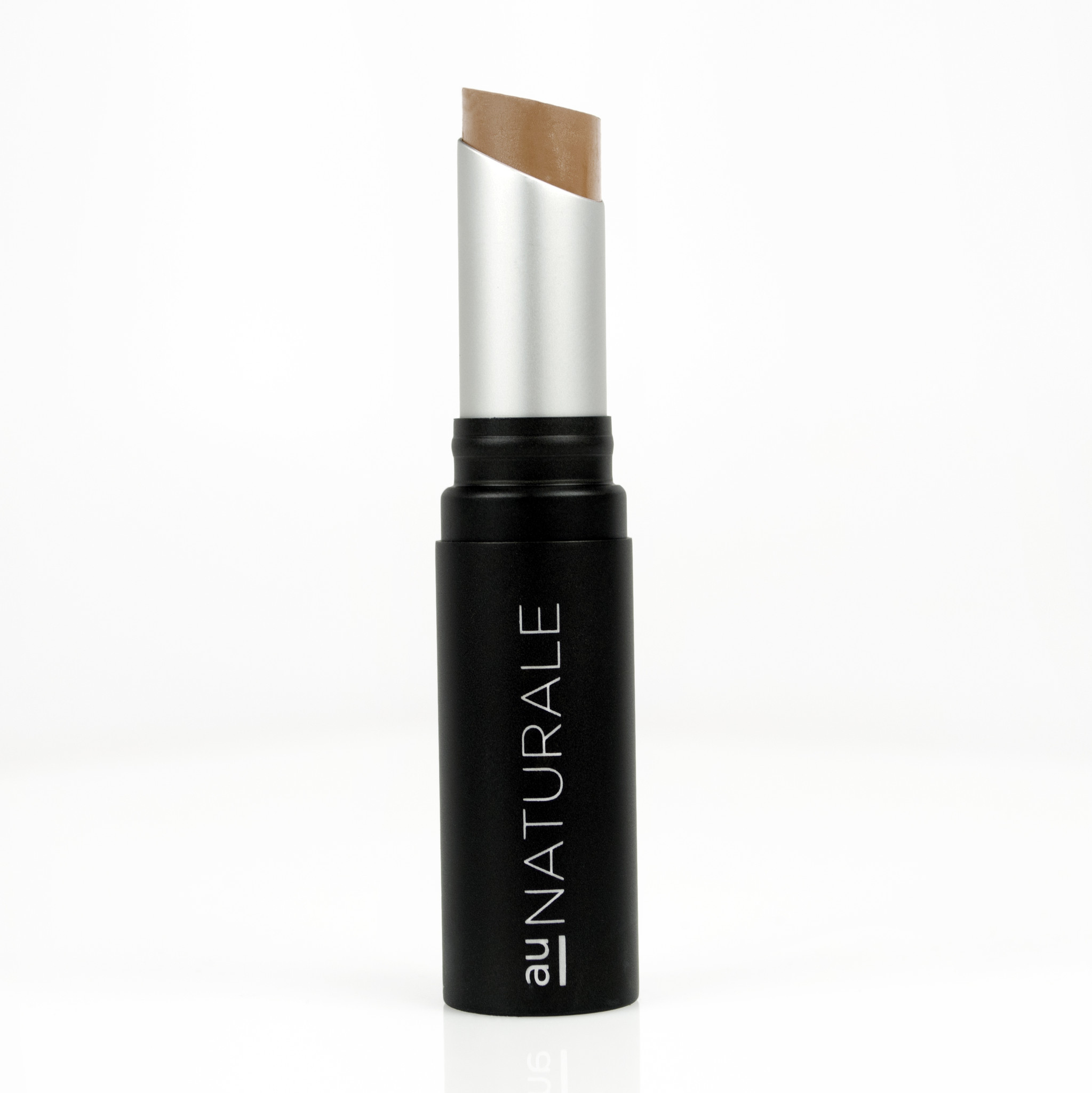
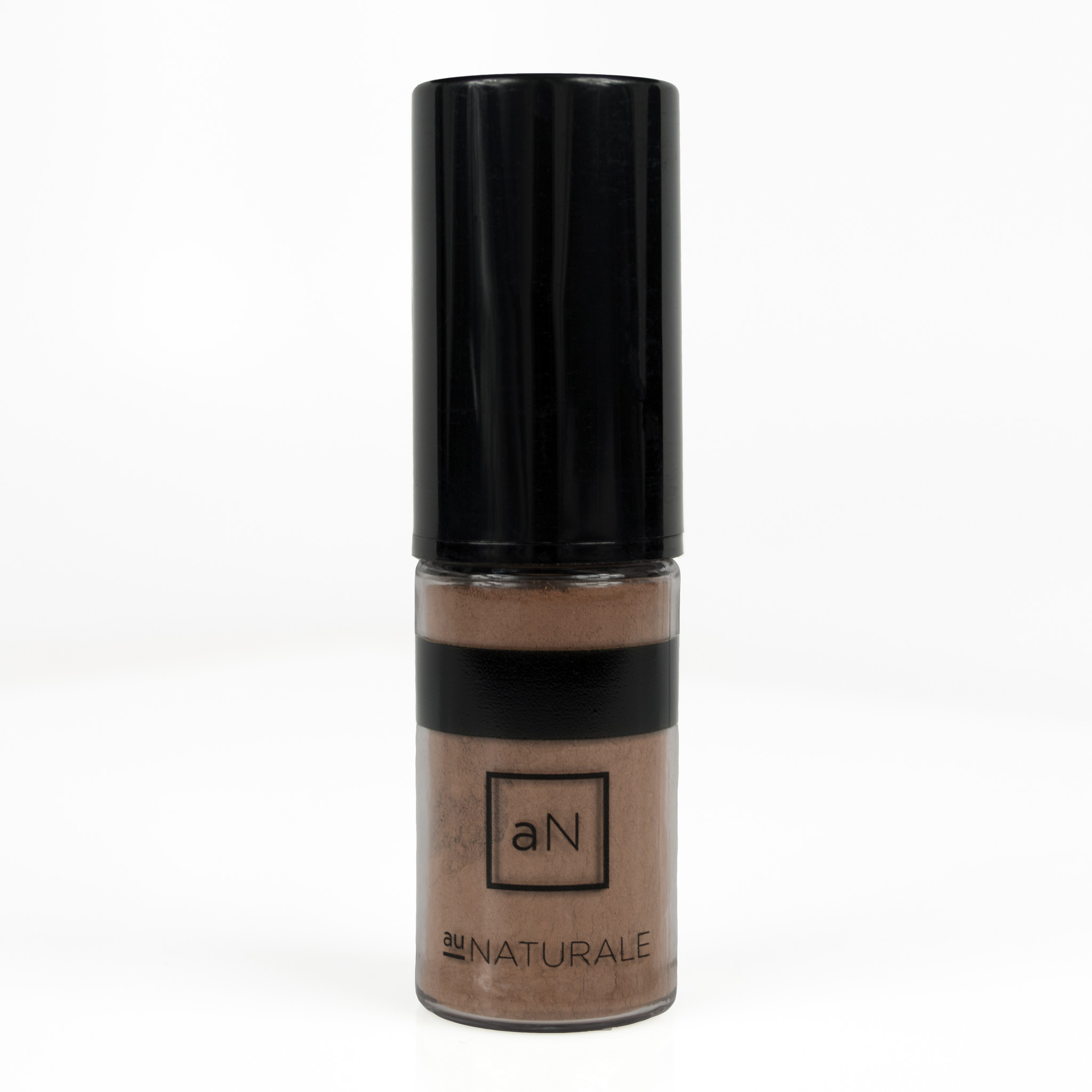
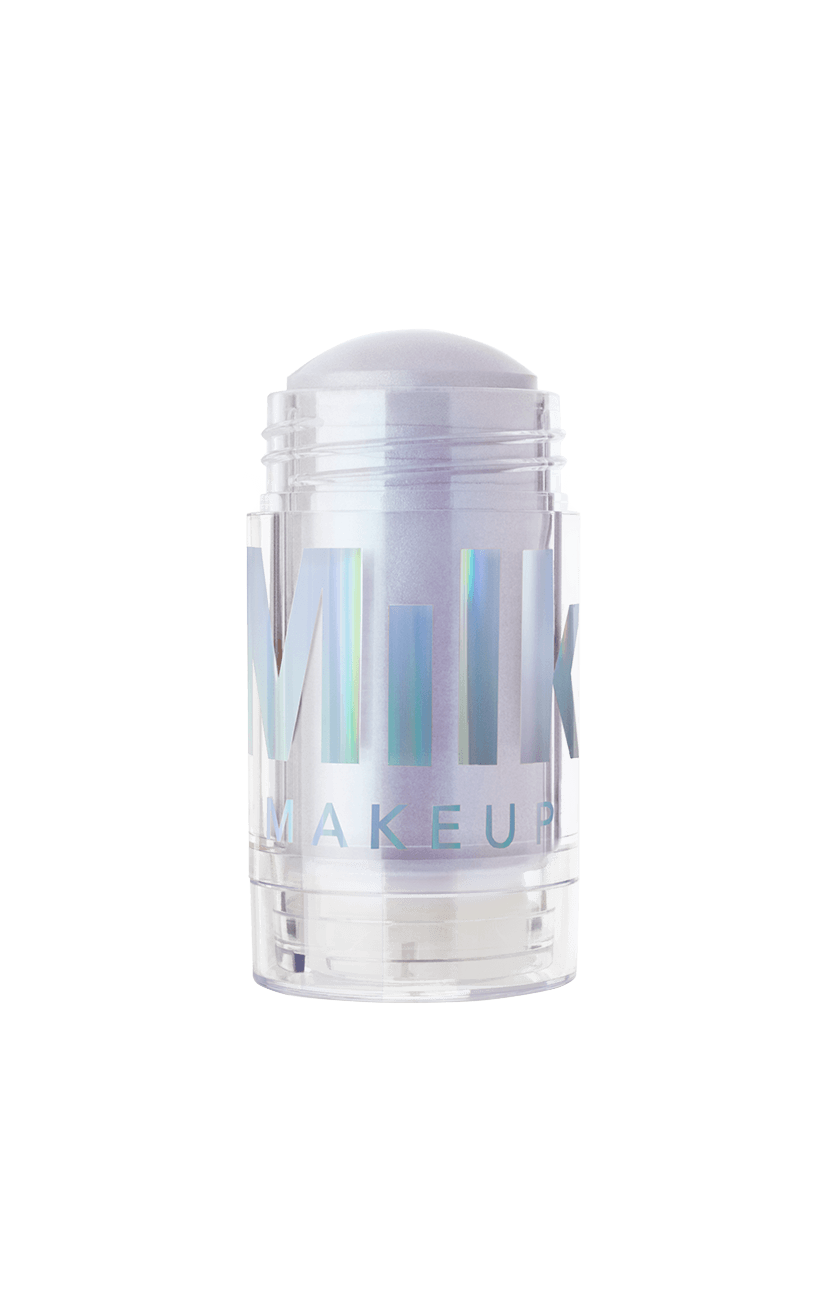

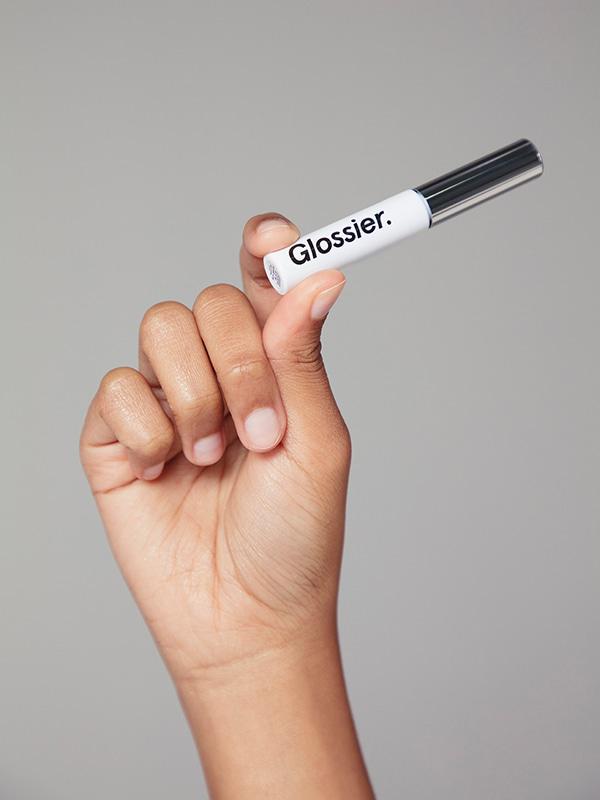

🌱 Skincare 🌱
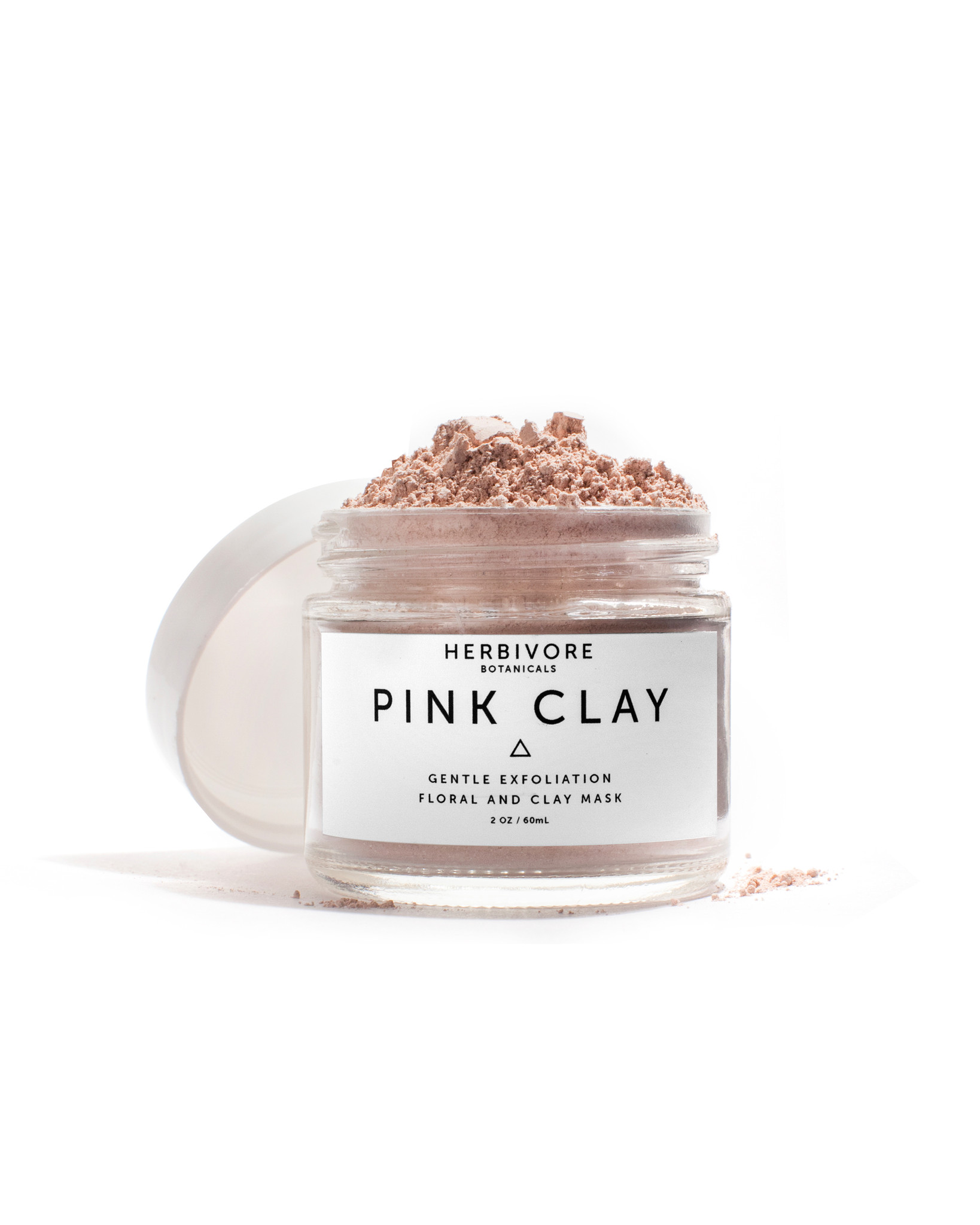
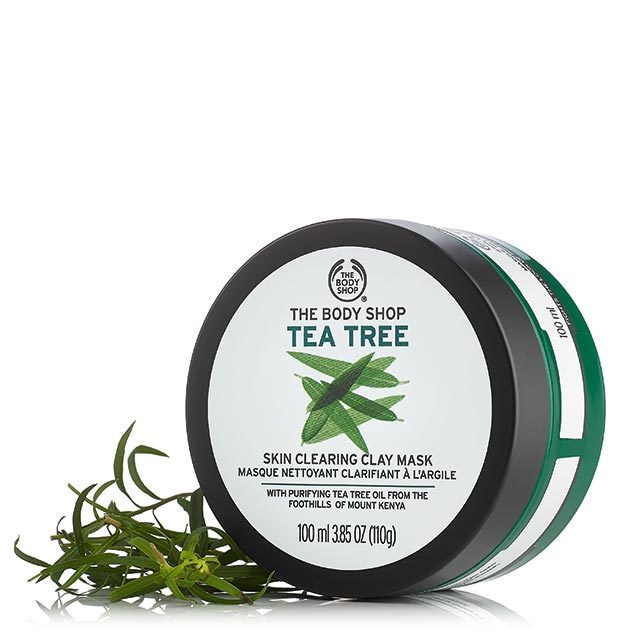
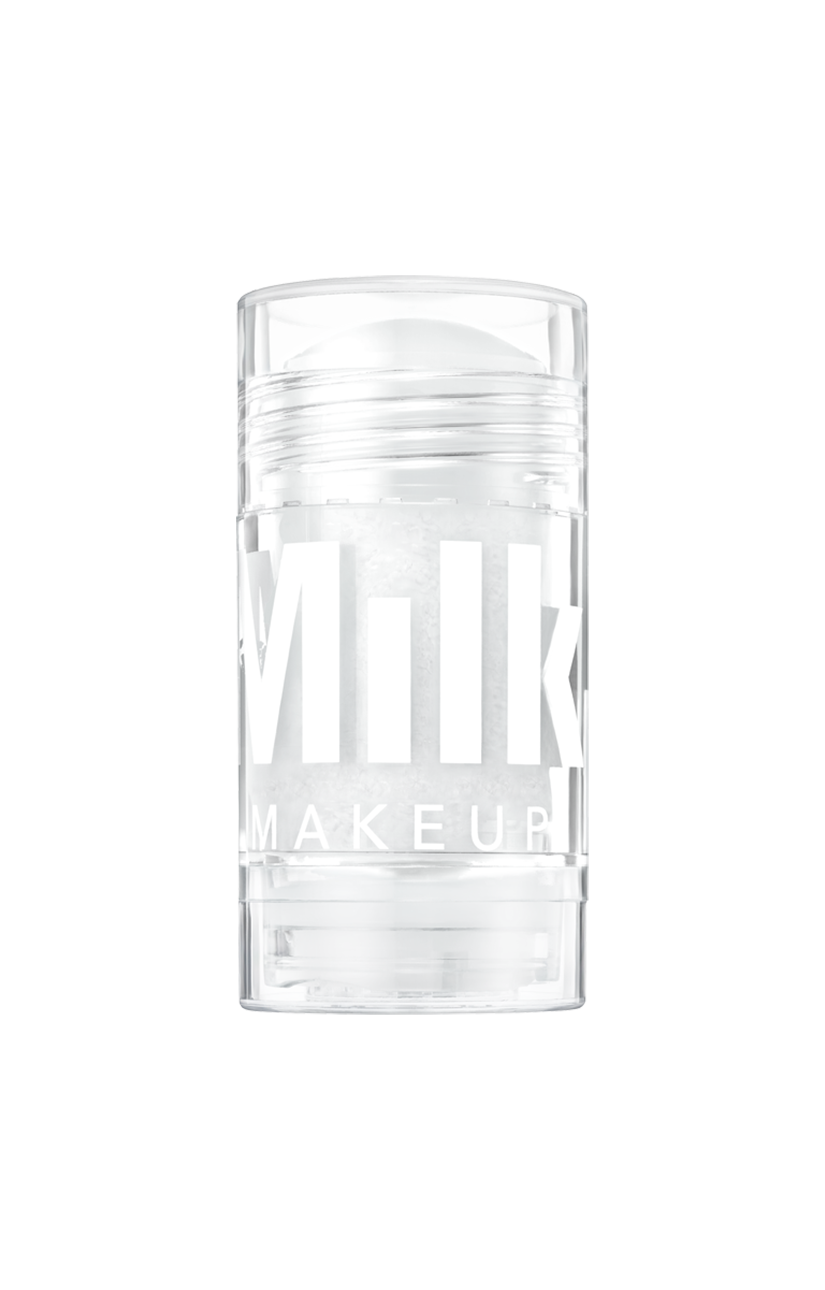
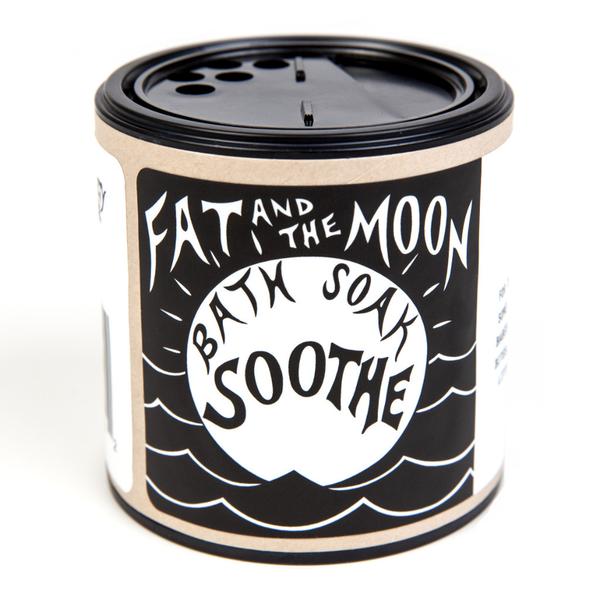
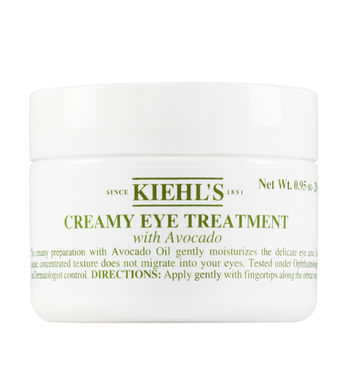
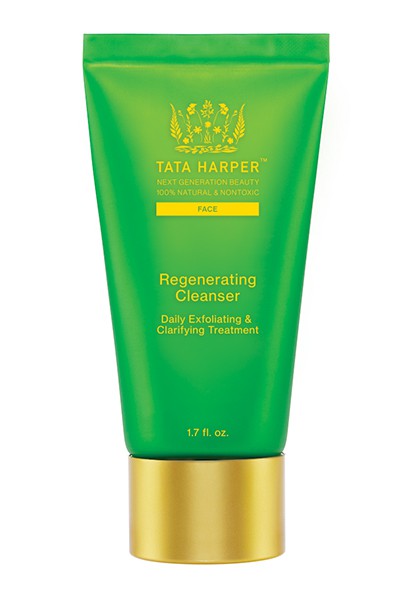
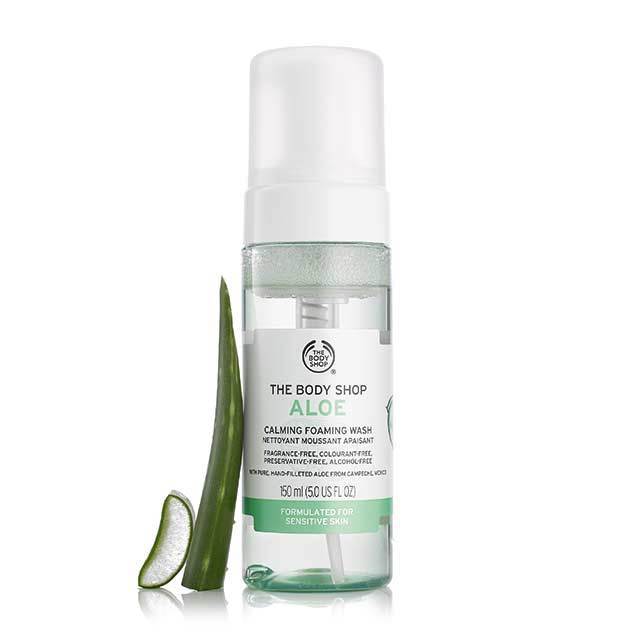

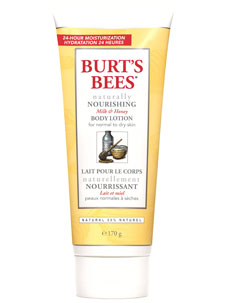
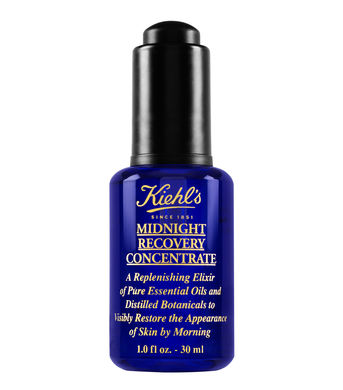

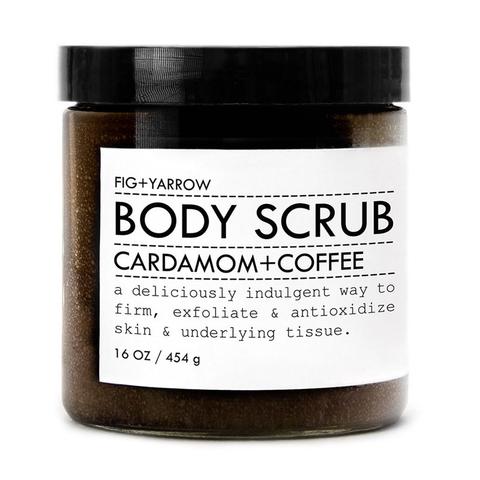
Feature image via
Earth Day Feels: Sustainable Solutions
This April 22nd was 2017's Earth Day, and with the various Marches for Science and eco-friendly brands offering exclusive Earth Day product lines, our planet felt a wave of support to stay green and increase sustainability. In the spirit of our shared planet and doing our part, here are some earth themed new products, tips and tricks, and resources to add a little green to your lives.
Read MoreBrands to Know: Noah
Over the summer, I became more focused on knowing how my clothing was sourced and made, and this focus led me to Noah. Led by former Supreme creative director Brendon Babenzien, Noah is focused on maintaining a balance between quality, ethics, and style. The brand's pieces blend timeless nautical inspiration, elements of contemporary counterculture, and a variety of high-quality fabrics, from baby camel hair to cashmere and angora. Scrolling through their website is a crash course in fabric mills, factories, and leather processing. They do not sit on their ethical laurels, putting out new, genre-defying pieces weekly. Here are some of their best:
All images via Noah
5 Easy Ways to Be Greener This Year
Going green in 2017 is about more than just Pantone's color of the year.
Read More






